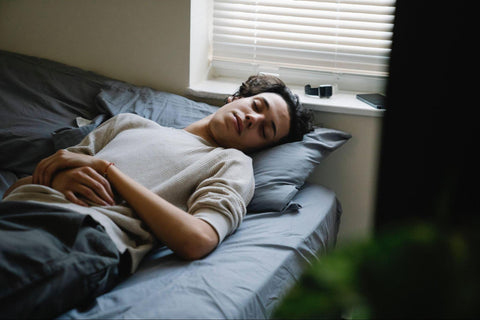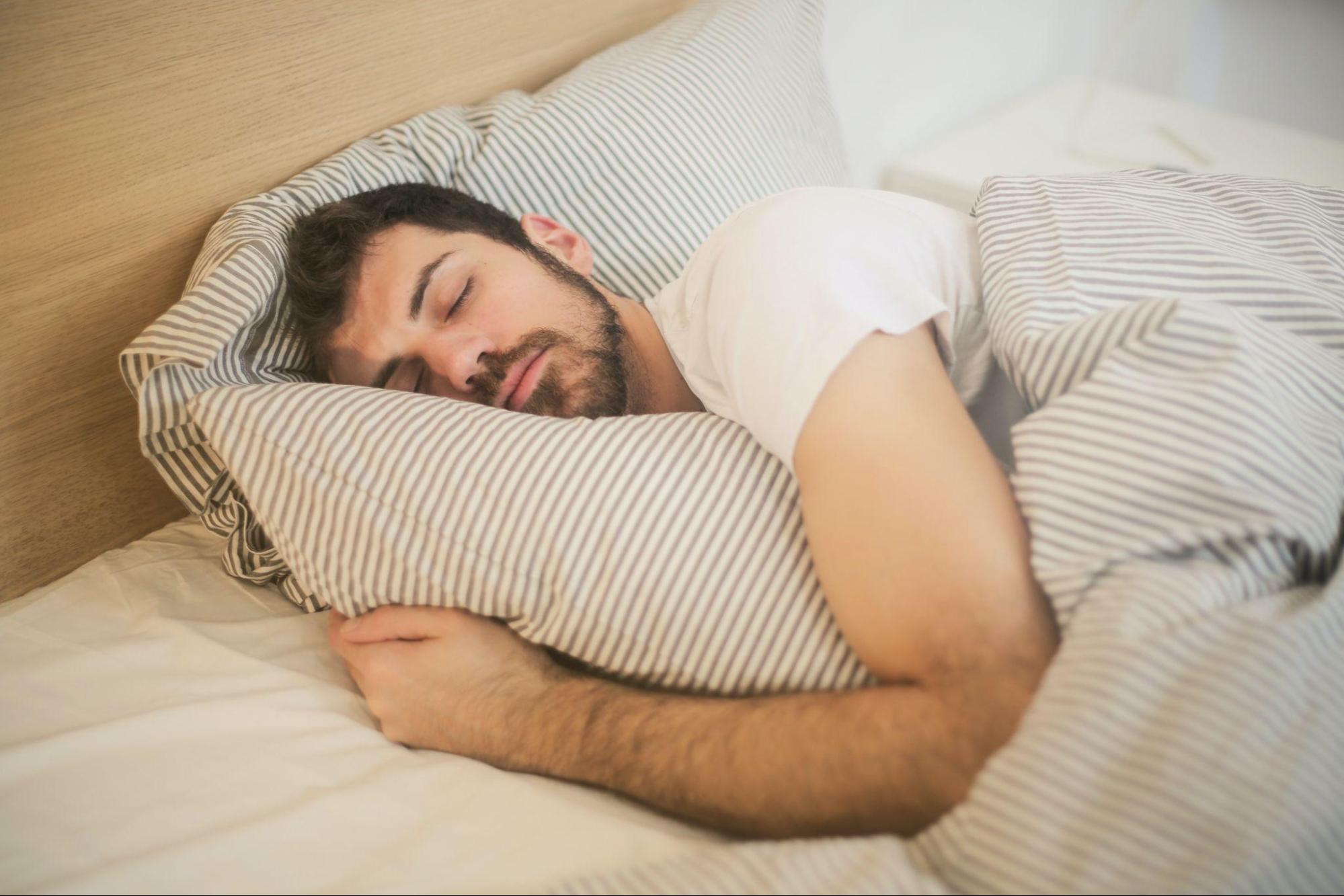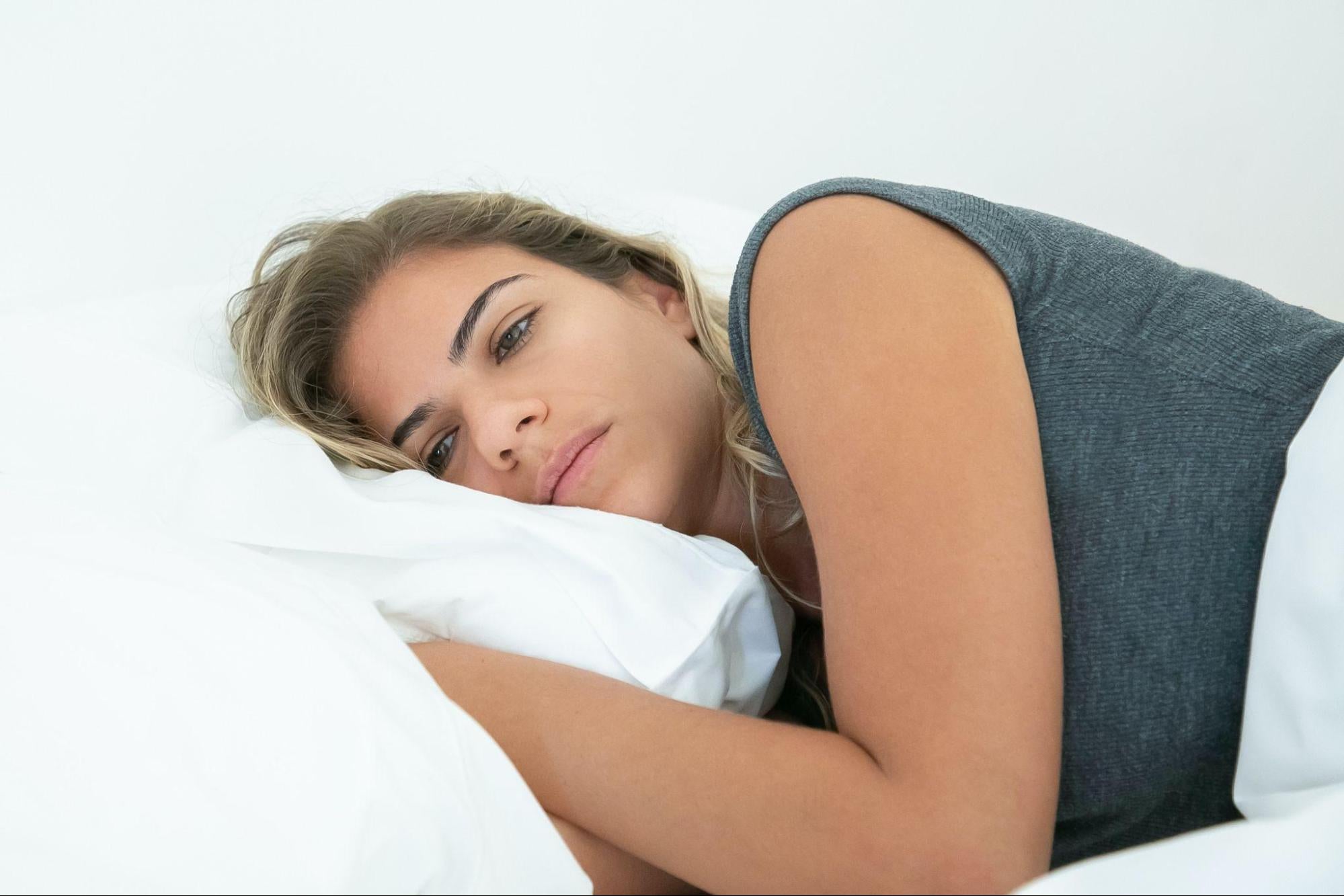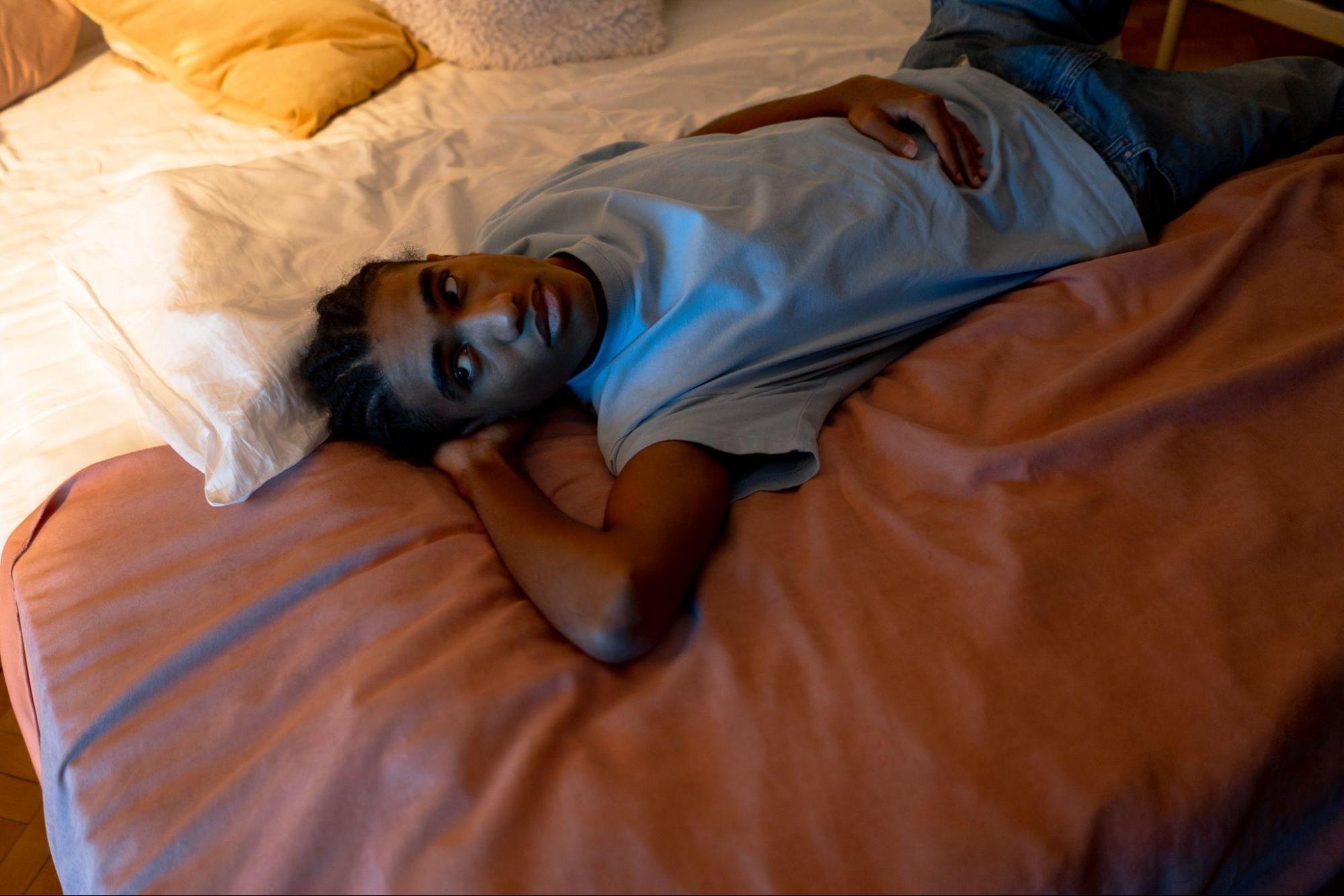For athletes, sleep isn't merely a period of rest—it's an essential component of peak performance, recovery, and overall well-being. While training regimens, nutrition, and mental preparation often take center stage in athletic discourse, the role of sleep hygiene, particularly in optimizing the sleep environment, cannot be underestimated. The quality and duration of an athlete's sleep can significantly influence their reaction times, muscle recovery, cognitive functions, and even injury risk.
Creating an ideal sleep environment becomes paramount for those seeking an edge in their athletic endeavors. How can athletes enhance their bedrooms and nightly routines to foster deeper, more restorative sleep? Keep reading to uncover the crucial elements of sleep hygiene tailored specifically for the athletic community and learn how to transform your sleep space into a recovery-boosting haven.
Related Link: Does Cardio Burn Fat? Cardio for Weight Loss Guide
Embrace a Consistent Sleep Routine for Peak Performance
Establishing and adhering to a consistent sleep-wake cycle is paramount for athletes, especially in the lead-up to competitive events. The circadian rhythm, our body's internal clock, and melatonin levels are influenced by our sleep habits. These elements signal the brain when it's time to rest.
Creating a sleep routine doesn't just mean setting an alarm for waking up. It's about conditioning the body over time. By sticking to this schedule, not only does falling asleep become quicker and easier, but the body also aligns with its natural physiological patterns. The benefits extend beyond better rest at night; it actively diminishes daytime fatigue and keeps one in tune with their body's needs. The hours leading up to bedtime are crucial — maintaining a calming pre-sleep ritual can amplify these cues, making the transition to sleep seamless.
Are you searching for all-natural performance gummies you can trust? Check out HUMBLEROOTS today!
Craft the Perfect Sleep Sanctuary

Creating an environment conducive to sleep means paying attention to noise, light, and temperature. These external factors play a pivotal role in sleep hygiene, directly impacting the quality and depth of sleep.
The bedroom should be a haven for rest and rejuvenation. Minimizing disturbances from artificial light and noise can greatly enhance sleep quality. Temperature also plays an essential role; a cooler room fosters better sleep. Though personal preferences can vary, a room temperature around 18 °C is often recommended. Such optimized conditions ensure a night of undisturbed, restorative sleep, laying the groundwork for peak performance the next day.
Equip Your Bedroom for Optimal Sleep Quality
The quality of the bed can dramatically impact the quality of sleep, especially for athletes who regularly contend with muscle aches and joint stiffness. Research by Jacobson et al. (2002) highlighted that superior mattresses can curtail muscle pain and joint stiffness while boosting sleep quality by an astounding 60%.
Given the importance of sleep, ensuring that the mattress remains in good condition is crucial. Replacing it every 5-8 years is a good rule of thumb. Investing in eyeshades or blackout curtains can further refine the sleep environment, shielding sleepers from disruptive external light. Upon waking, swiftly drawing the curtains lets in natural light, signaling to the body that it's time to rise and shine.
The Power Nap: A Secret Weapon for Athletes
Napping can be a powerful tool for athletes, especially when early morning training sessions lead to a cut in nighttime sleep. These brief rests can mitigate some of the adverse effects of inadequate sleep, aiding in recovery and performance. A study by Waterhouse et al. (2007) revealed that a mere 30-minute nap could markedly improve 20-m sprint performance, especially when athletes had a mere 4 hours of sleep the prior night.
Strategic napping can alleviate drowsiness, proving invaluable before sessions that require sharp skills and tactical acumen. However, it's crucial to time these naps appropriately. Napping excessively or too close to bedtime can disrupt regular sleep patterns, so moderation and timing are essential.
Related Link: How to Get the Sustained Energy You Crave
Minimizing Blue Light Exposure: Setting the Stage for Restful Sleep
In today's digital age, winding down often involves immersing oneself in a world of screens. Whether it's watching TV or scrolling on mobile devices, these habits expose us to blue light that can inadvertently keep our minds alert. This type of light can trick our brain into thinking it's daytime, hampering the release of sleep-inducing hormones and delaying our transition to deep sleep.
It's advisable to turn away from screens and indulge in peaceful activities at least an hour before bedtime. If tech use is indispensable in the evenings, consider some mitigation strategies. Tweaking the brightness settings, utilizing 'night mode' features, or investing in apps that temper blue light are practical solutions. Another effective approach is wearing glasses specifically designed to block blue light, ensuring both eye comfort and better sleep quality.
Embrace Daylight for a Balanced Circadian Rhythm

Our body operates on a natural timetable – the circadian rhythm. This internal clock relies heavily on external cues, with natural sunlight playing a pivotal role. Embracing bright light during the day, especially sunlight, informs our body that it's time to be alert and awake, laying the groundwork for better sleep at night.
Consistent exposure to bright light, especially for a duration of at least 2 hours, can dramatically enhance sleep quality and duration. Additionally, aligning one's circadian rhythm with evening activities can prime athletes for peak performance. Whenever feasible, conducting training sessions outdoors during daylight hours can be a game-changer. Not only does this approach provide a natural dose of Vitamin D, but it also keeps the circadian rhythm synchronized, yielding multiple health benefits.
Looking for all-natural gummies to improve your gym performance? Put your trust in HUMBLEROOTS and check out our all-natural gummies!
Harnessing the Power of Sleep for Athletic Excellence
As the adage goes, "sleep is the golden chain that ties health and our bodies together." For athletes, this couldn't be truer. A strategic approach to sleep, underpinned by impeccable sleep hygiene practices, can significantly enhance performance, hasten recovery, and optimize overall well-being. From embracing a consistent sleep routine to being mindful of evening caffeine intake, every aspect plays a crucial role in ensuring the body and mind are primed for the challenges ahead.
In this quest for sleep optimization, athletes can also explore various aids to enhance their sleep experience. HUMBLEROOTS PERFORMANCE gummies stand out as a valuable ally, designed specifically to bolster sleep support and accelerate recovery. A well-rested athlete is an empowered one, and these gummies, combined with the right sleep environment, could be your ticket to unlocking newfound levels of excellence.
Related Link: Best Fat-Burning Workouts: Exercises to Lose Weight



